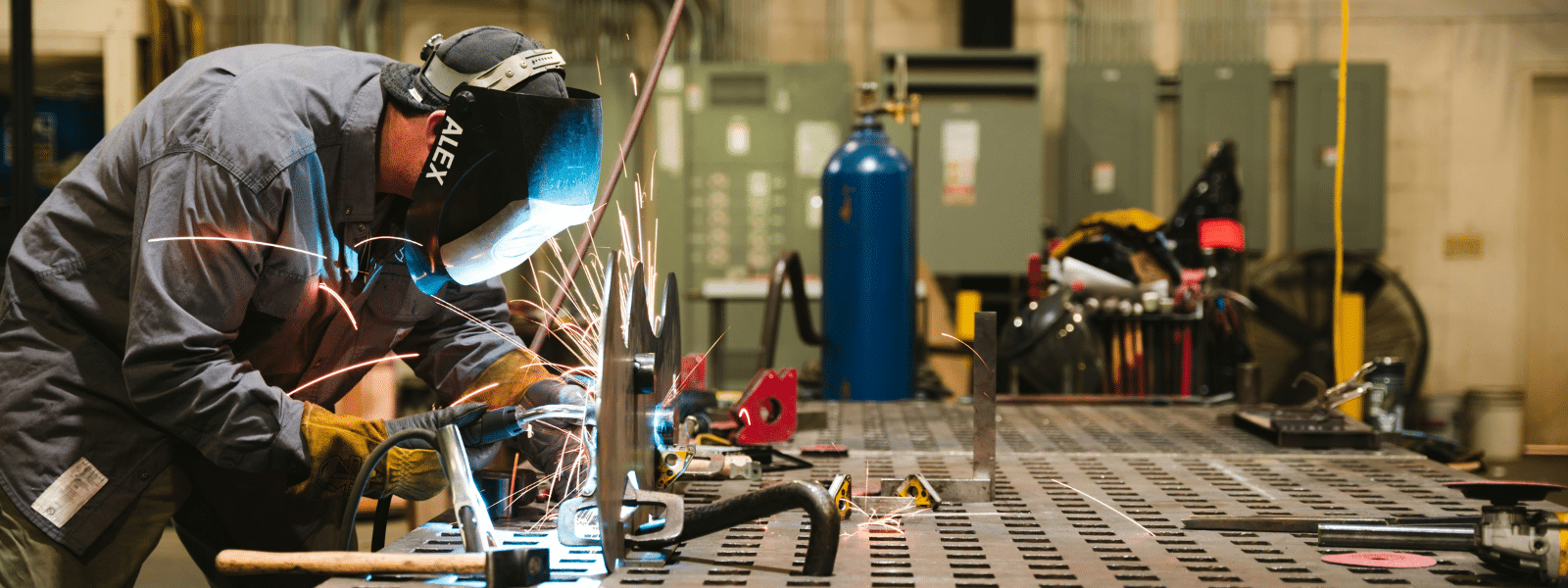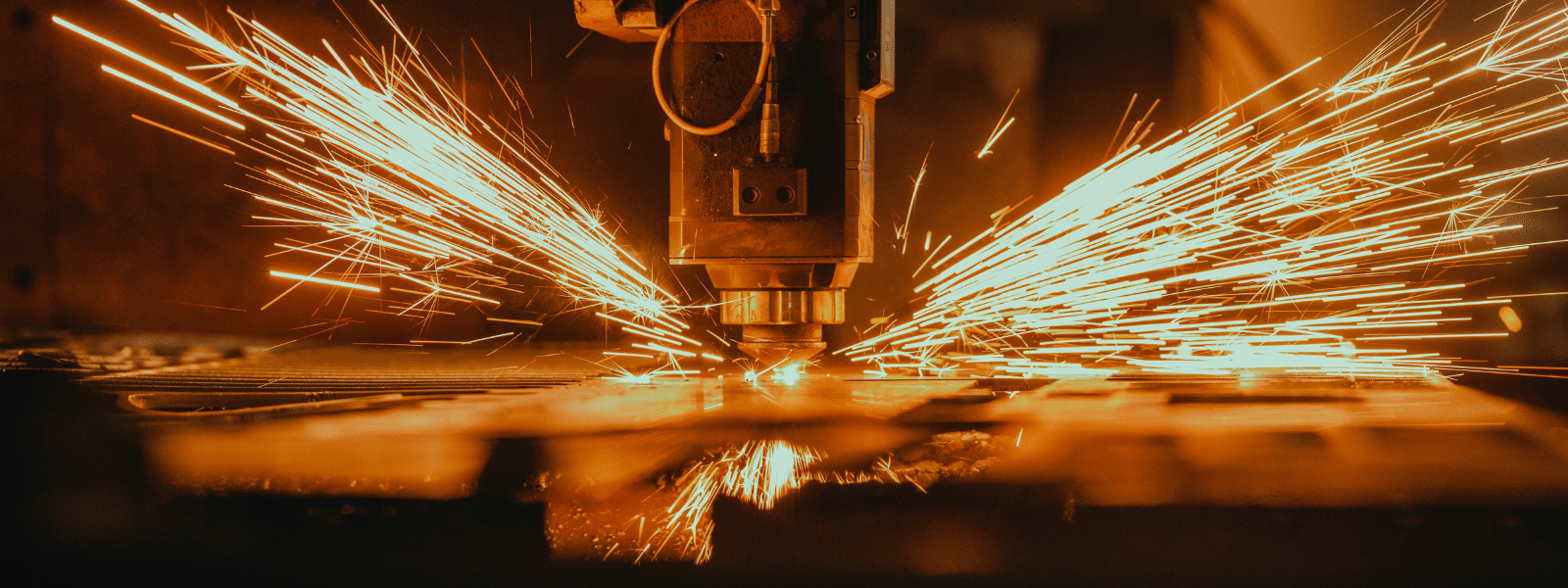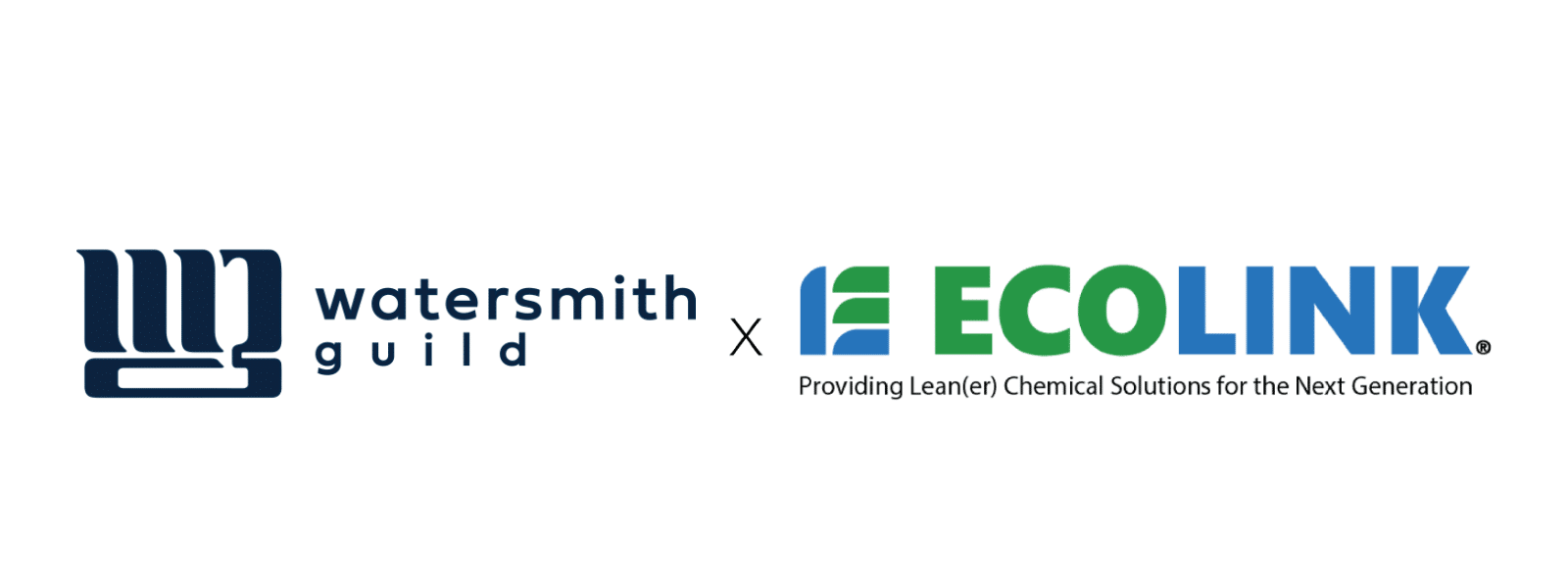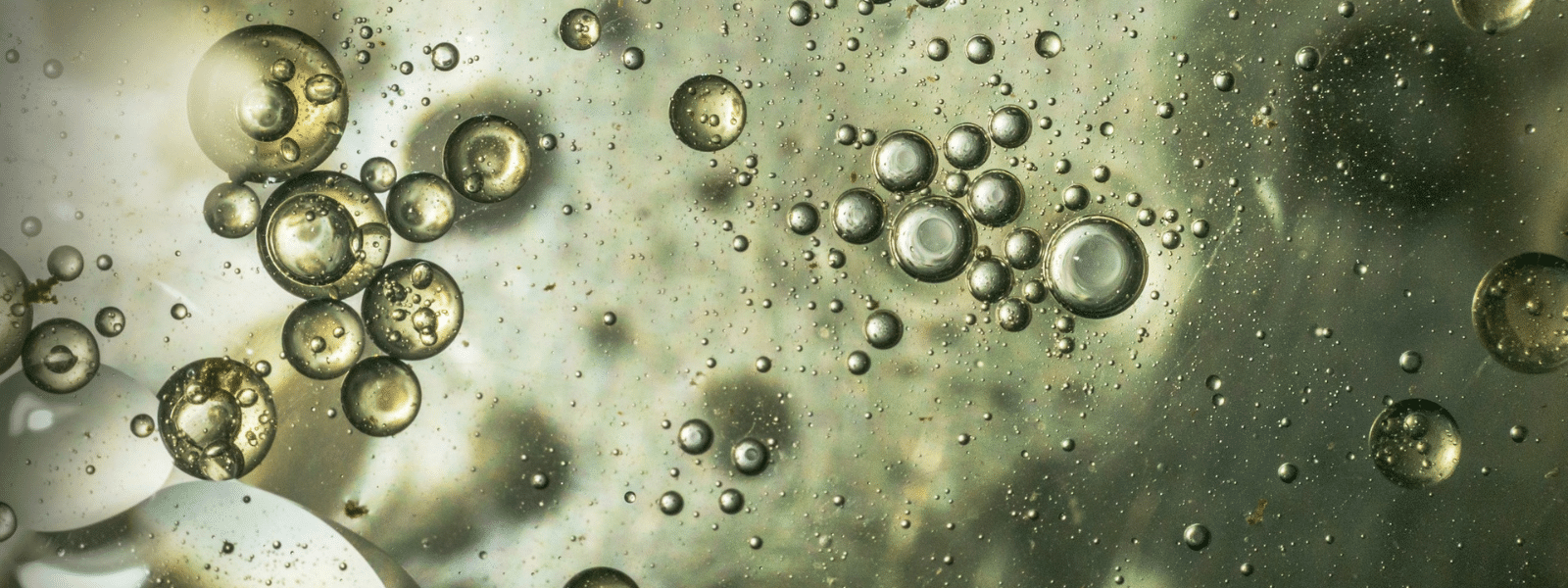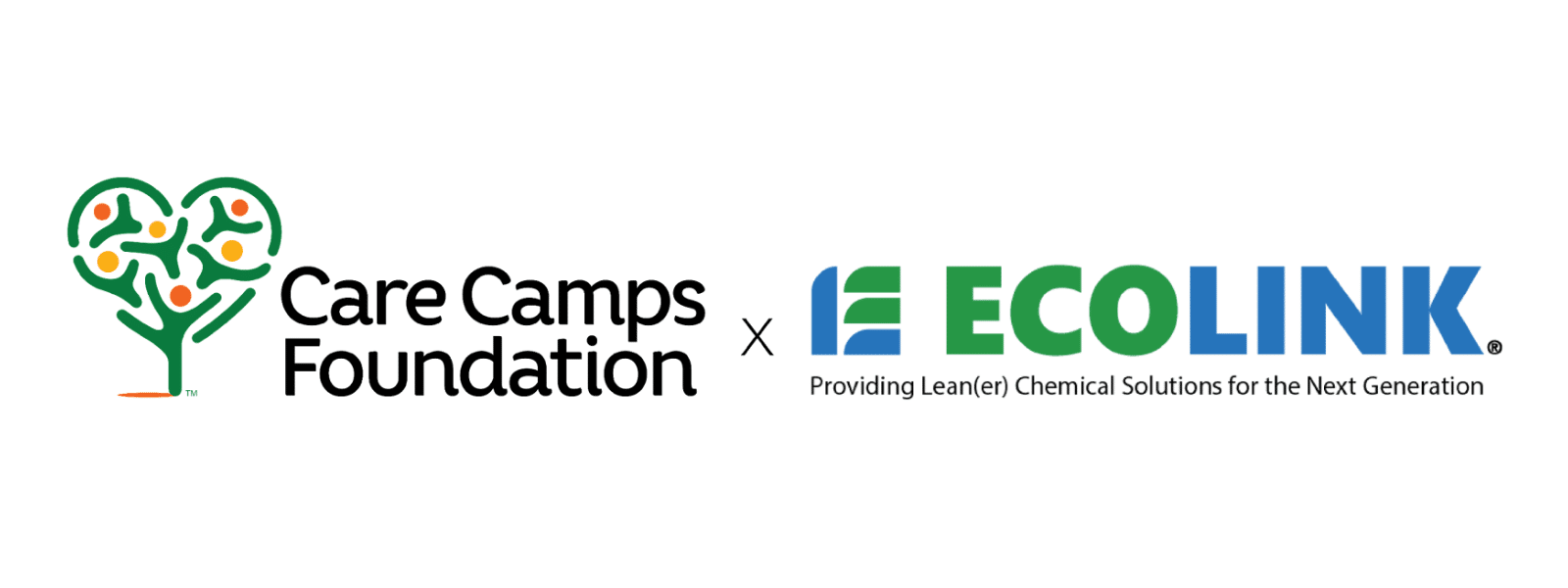Chromium alloys are metals that contain at least 10.5 percent chromium by mass. Chromium is a silvery, lustrous chemical compound that gives metal such as stainless steel its characteristic shine. A sufficient amount of chromium also makes metal highly resistant to corrosion under normal conditions. However, when chromium is heat treated in the presence of oxygen, it tends to oxidize rapidly, causing the metal that contains it to have a tarnished, drossy surface quality.
This is why chromium alloys are typically heat treated in atmosphere-controlled furnaces that maintain a pure hydrogen or nitrogen atmosphere, such as vacuum furnaces and bell annealers. However, when a workpiece is too large to fit inside one of these furnaces, the piece is typically heat treated in open air using a high-powered torch. In this situation, flux would be applied to the metal to prevent it from oxidizing as it is heated in the presence of oxygen.
Choosing a Flux Remover Spray
There are several things to consider when choosing a flux remover spray for chromium alloys. Below, we look at four considerations that apply to practically every type of user. If you need additional information for choosing a flux remover, don’t hesitate to call us at (800) 563-1305.
- Product Formulation
The top priority is to choose a flux remover whose formulation won’t damage the chromium alloy that you need to deflux. If you apply a remover that tarnishes the alloy, the only way to restore the surface quality is through finishing measures that strip away the stable layer of oxide that develops. If you aren’t sure what type of formulation you need, always ask the manufacturer.
- Method of Application
For small workpieces, flux remover is often sprayed on in aerosol form; while for unusually large workpieces, the remover may even be sprayed on using a power washer. The goal is to deflux the alloy as efficiently as possible, especially if heat treating metal is one of your organization’s core practices. Determine the most efficient method of application before you place an order.
- Product Flashpoint
Because environments where metal is heat treated often contain ignition sources — particularly torches and furnace flames — workplace safety dictates that you should choose a flux remover spray that has a high flashpoint or no flashpoint. In addition to seriously injuring workers, flux remover that combusts easily could make the alloy catch fire and damage its surface quality.
- Product Residue
Because the goal of applying flux remover spray is to remove flux residue that is left behind after the heat treating process concludes, it makes no sense to apply a flux remover that leaves a coating of residue on the metal. Chromium alloys are often polished after having flux residue removed, but the cleaning process should not entail the removal of flux remover residue.
Looking for Flux Remover Spray?
Whether you need flux remover spray for a chromium alloy or another type of alloy, Ecolink can provide you with a readymade solution or a custom solution that meets your requirements. We can also supply the solution in different forms, including aerosol, sprayable liquid, and saturated wipes. If you need flux remover spray, the product probably plays a crucial role in your heat treating process. That’s why you should choose the best, and call us today at (800) 563-1305.







